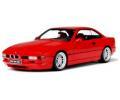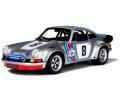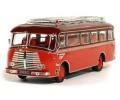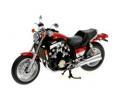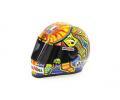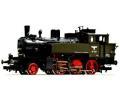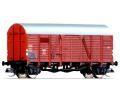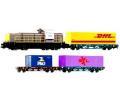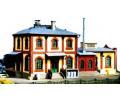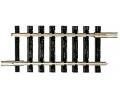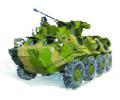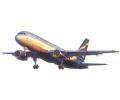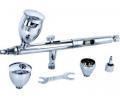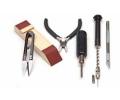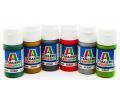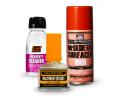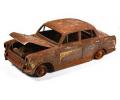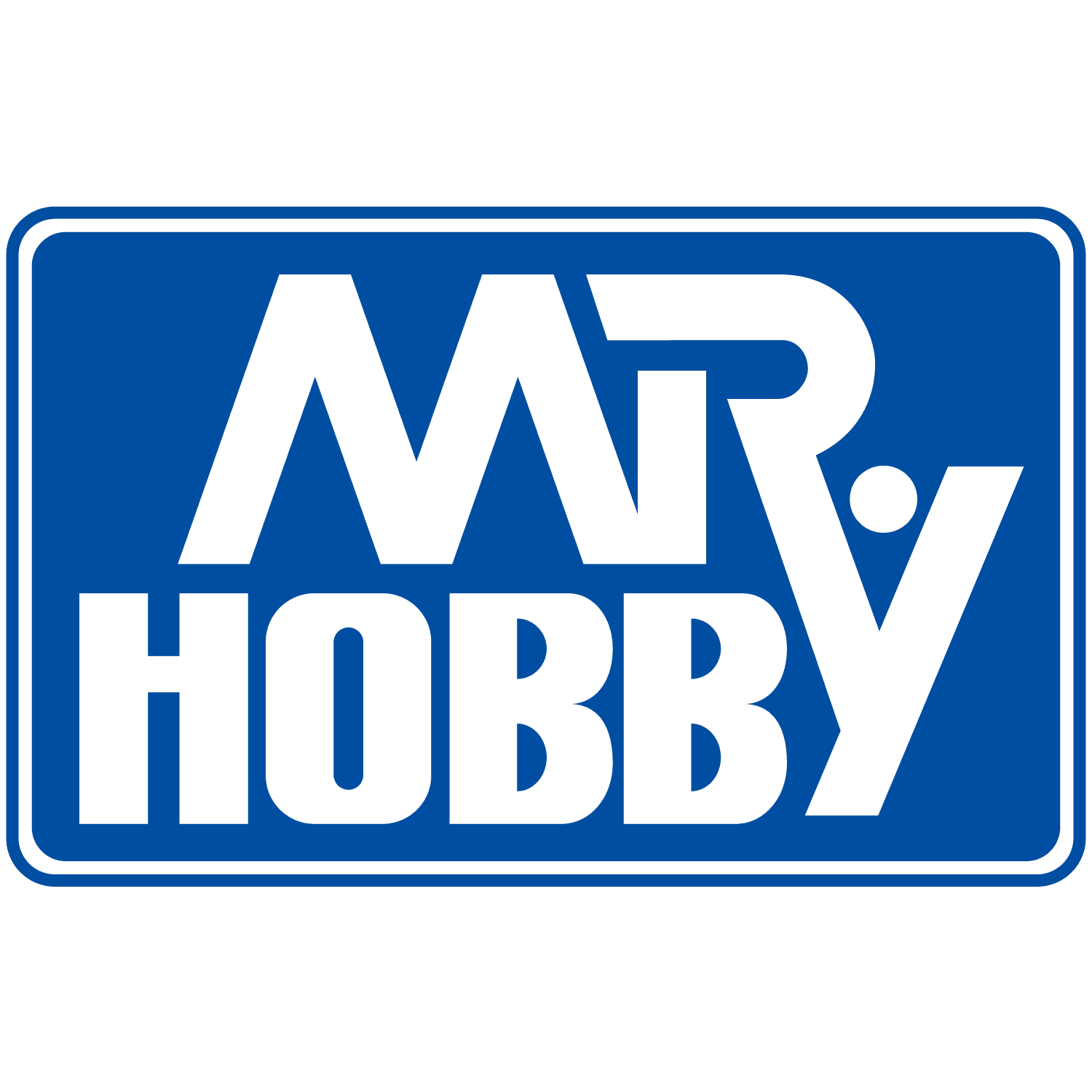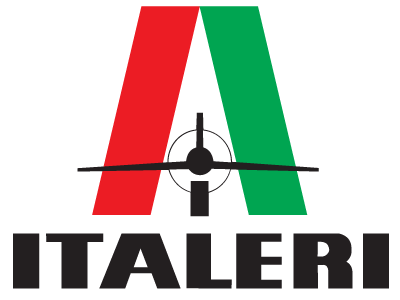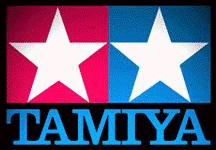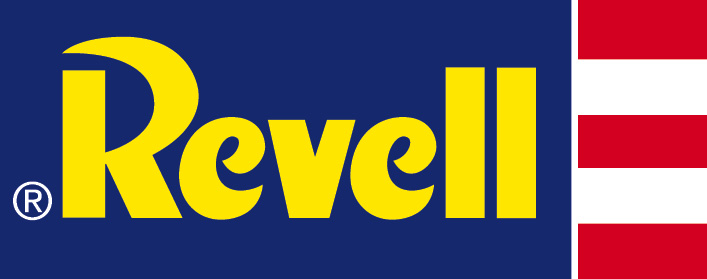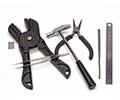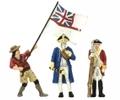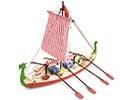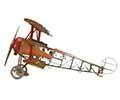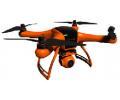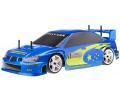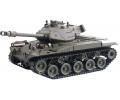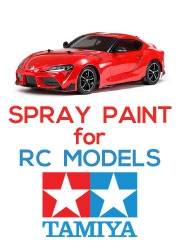Details
1:35 British Cruiser Tank Mk.VIII A27M Cromwell Mk.IV
Prior to the outbreak of WWII, Britain relied heavily on a military alliance with France. It was felt that the large French army would be able to check any German expansion in western Europe should existing treaties be violated. As a result, the British Army had been neglected so that when war came the Royal Armoured Corps had only a handful of modern tanks in service. Many of these were sent to France with the BEF only days before France was defeated, all were abandoned as their crews were evacuated back to Britain. The result was that new tanks were rushed into production without proper testing and were to prove unreliable in combat. As no new tank engines had been developed, most of these tanks were powered by the Nuffield Liberty, an American engine designed in WWI to give an output of 200bhp. Nuffield increased the output to 350 - 410 bhp and this was used to power the A13, A15 Crusader and A24 Cavalier. The engine proved adequate in the A13 and Crusader due to their modest weight, but in the Cavalier, it was a disaster and the tank was unfit for combat. In 1941 Rolls Royce produced a de-rated version of their Merline aero engine, used in the Spitfire, Hurricane, and Lancaster aircraft, for tank use. Named the Meteor, this engine developed 600 bhp, more than enough for current needs. The successor to the Cavalier the A27 Cromwell was designed to use this new engine and a pilot model was ready early in 1942. Unfortunately, Rolls Royce was fully committed to producing the Merlin and so was unable to manufacture the Meteor in any quantity. The production of the Meteor was passed to the Rover Car Company, which had been tooling to produce the Merlin. Setting up this new engine production line was to take almost a year. While the facilities for producing the Meteor engine were being set up, it was decided to continue production of the A27 using the Liberty engine as a temporary measure. This version was designated the A27L Centaure, and the Meteor powered tank the A27M Cromwell. Leyland Motors was contracted to build 4,256 Centaurs, with other companies producing a further 2,000 vehicles. Though not all these contracts were subsequently filled, and it is not known exactly how many A27"s were produced. The Centaur Mk.I entered production in the autumn of 1942, and was armed with the 6 Pdr. gun. This was followed by the Mk.III with 75mm gun and Mk.IV which mounted a 95mm howitzer. Early in 1943 most Centaur Mk.I were converted to the Mk.III by changing the armament. The a27M Cromwell Mk.I entered production in January 1943, but only a few were produced before production switched to the Cromwell Mk.V with 75mm Q.F. Mk.V gun. By mid-1943 enough engines were being produced to allow some of the older Centaurs to be converted to Cromwell, these tanks mounting the 75mm gun were designated the Cromwell Mk.IV, and this became numerically the most important mark. Most, if not all, Centaur tanks were built with an internal track tension system which was accessed by two small dome covers located on the front plate just inboard of the lifting ring brackets. Domes were not present on the tanks built from the start as Cromwells, these tanks had an external track tension system which was adjusted by a large "hockey stick" steel bar, stowed on the side of the engine deck. On conversion to Cromwell, there is evidence that some tanks were fitted with the external tension system. In this case, the domes were welded in place or small armour patches were welded over the hole, and the "hockey stick" adjuster bar would be provided. Cromwell Mk.IV and Mk.V battle tanks, and Mk.VI close support tanks (95mm), started to be issued to the troops in October 1943 as they became available. The first was issued to the Armoured Reconnaissance Regiments, one of which was to be attached to the Guards, 7th and 11th Armoured Divisions, and 1st Polish Armoured Division (Polish troops were equipped by the British and were part of the British 21st Army Group). Other Cromwells were issued as Command Tanks (Division HQ) and Royal Artillery, Armoured Observation Post (AOP) tanks. However, the main recipient was the 22nd Armoured Brigade of the 7th Armoured Division which had all three of its armoured regiments equipped with the Cromwell. This was the last British Armoured Division to re-equip in preparation for the D-Day invasion of Normandy. Guards, 11th and 1st (Polish) Armoured Divisions had already equipped with the Sherman. The A27L/M was built with five different hull types, known as "A", "B", "C", "D" and "F" ("E" was an internal transmission modification). These types related to the hull crew hatches and to the engine deck door layout. Early type hulls were used on pre-production tanks, but the first type to be mass-produced was the "C" type introduced on the A27L Centaur. The "D" type with revised engine access doors was introduced in 1943, as was the "F" which eliminated the hull top drivers hatch, replacing it with a side-opening hatch similar to that provided to the hull gunner. The Cromwell was a fast and reliable tank capable of speeds of over 65km/h on a good surface. It was compared favourably with tanks of similar weight such as the Sherman and Panzer IV. Most were armed with the 75mm Q.F. Mk.V/VA, which was based on the 6 Pdr. but chambered to fire American ammunition. This was a very good dual-purpose gun, well able to destroy enemy anti-tank guns at long range or penetrate the frontal armour of a Panzer IV at normal battle ranges. However, it was almost useless against German heavy tanks. Armour was a maximum of 76mm on early marks, but in 1944 some tanks received 25mm plates welded to the frontal armour, increasing the thickness to 101mm maximum. Tanks with 75mm gun became the Mk.VII, and those with 95mm howitzer the Mk.VIII. The Cromwell, along with a few Centaur special purpose tanks, first saw action during the Normandy campaign. Here it was at a disadvantage as it could not use its superior speed and agility, but this changed after the fighting moved to open country. Cromwell tanks made some spectacular advances in their pursuit of the Germans across Northern France, Belgium and Holland. The Cromwell served again in Korea and was finally retired in the late 1950"s. It is interesting to note that the Leopard, German"s first post-war tank, was much closer in concept to the Cromwell than it was to the Tiger!
Additional Information
| Article No | TAM35221 |
|---|---|
| Article No of Manufacturer | 35221 |
| Аvailability | Out of stock |
| Colour | For colouring |
| Scale | 1:35 |
| Manufacturer | TAMIYA |
| Brand | NUFFIELD MECHANIZATIONS & AERO |
| Series | No |
| EAN | 4950344996544 |
| Material | Polystyrene (plastic). |
| Epoch | 1939-1945 World War II |
| Age recommendation | Not suitable for children under 14 years. |


